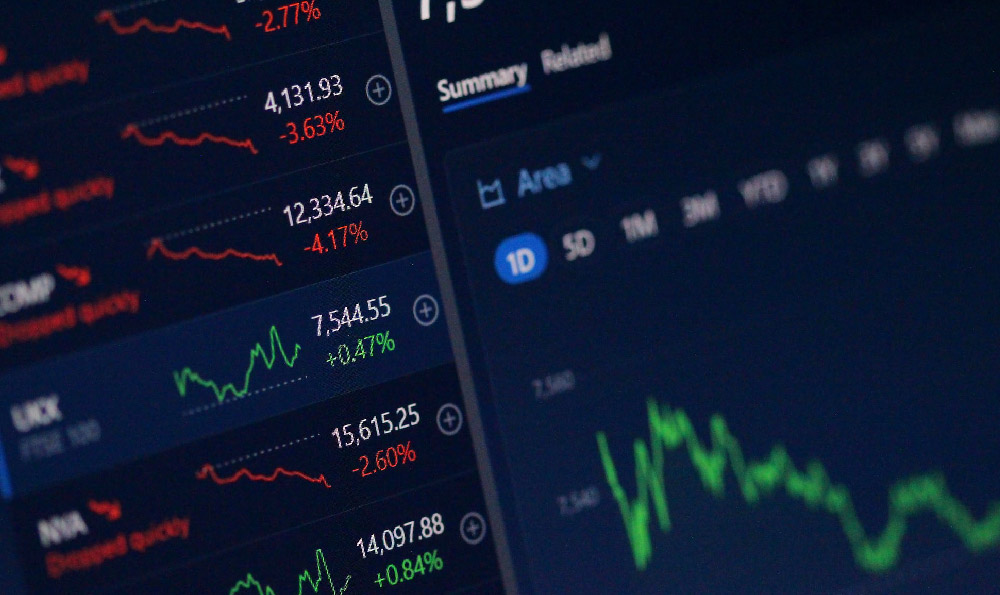Disneyland, the "Happiest Place on Earth," isn't just about magical experiences and childhood dreams; it's also a highly sophisticated and lucrative business. While pinpointing Disneyland's exact daily revenue is like trying to catch pixie dust – Disney keeps specific figures tightly guarded – we can arrive at a reasonable estimate by piecing together publicly available information, industry reports, and expert analyses. Let's delve into the financial kingdom and uncover the secrets behind Disneyland's impressive daily earnings.
One of the foundational elements in understanding Disneyland's revenue stream is attendance. Disneyland Park and Disney California Adventure Park, both located in Anaheim, California, draw millions of visitors annually. While exact attendance numbers fluctuate year to year based on various factors such as economic conditions, ticket prices, and special events, historical data and industry estimations paint a clear picture. Pre-pandemic, Disneyland Park typically saw annual attendance in the range of 18-20 million visitors, while Disney California Adventure attracted approximately 9-10 million. The pandemic undeniably impacted these figures, but attendance is gradually recovering, though the exact recovery trajectory and impact on spending habits remain a dynamic area of observation. We will assume, for the sake of a consistent estimate, a combined annual attendance of roughly 28 million visitors (pre-pandemic levels) between the two parks, even with the acknowledgment of ongoing fluctuations.
To determine daily attendance, we divide the annual figure by 365 days. This gives us approximately 76,712 visitors per day across both parks. However, it’s essential to acknowledge that attendance is not uniform throughout the year. Peak seasons like summer holidays, school breaks, and the Christmas season see significantly higher attendance, while weekdays during the off-season experience lower numbers. This variability is crucial to consider when evaluating revenue.

The next critical component is per capita spending. This metric represents the average amount each visitor spends within the parks. Per capita spending encompasses a variety of expenses, including park admission, food and beverage, merchandise, and special experiences like character dining or preferred viewing packages. Disney doesn't publicly disclose exact per capita spending figures for individual parks, but analysts and industry reports provide estimates based on Disney's overall Parks, Experiences and Products segment performance. Factors influencing per capita spending include discretionary income levels, the availability of new attractions and experiences, and pricing strategies implemented by Disney. A reasonable estimate for per capita spending at Disneyland, considering the premium nature of the experience and the diverse spending opportunities, would range from $150 to $200 per visitor. This number, of course, can increase with the purchase of higher-priced items like souvenirs, premium dining packages, and add-on experiences.
Now, let's crunch the numbers. Using our estimated daily attendance of 76,712 visitors and a per capita spending range of $150 to $200, we can calculate a range for Disneyland's daily revenue.
- Low-end estimate: 76,712 visitors * $150 per visitor = $11,506,800
- High-end estimate: 76,712 visitors * $200 per visitor = $15,342,400
Therefore, based on these estimations, Disneyland's daily revenue likely falls between $11.5 million and $15.3 million. This is a significant figure and underscores the immense financial power of the Disneyland resort.
However, this is just a top-line revenue estimate. It's crucial to remember that this figure doesn't account for operating expenses. Disneyland has substantial costs associated with running the parks, including employee salaries, maintenance and upkeep of attractions, utilities, security, entertainment, marketing, and licensing fees. These expenses significantly impact the net profit margin. Furthermore, this calculation primarily considers revenue generated within the parks. It doesn't include revenue from the Disneyland Resort hotels, Downtown Disney (the shopping and dining district), or related merchandise sales outside the immediate park boundaries. These additional revenue streams would further augment the overall daily income for the Disneyland Resort as a whole.
Beyond the core factors of attendance and per capita spending, several other elements influence Disneyland's daily revenue. Special events, such as Halloween Time or the Holiday season, often draw larger crowds and may feature premium-priced tickets or special merchandise, boosting revenue. The introduction of new attractions or experiences can also spur increased attendance and spending. Pricing strategies, including dynamic ticket pricing (where prices vary based on anticipated demand), also play a critical role in maximizing revenue. Economic conditions significantly affect consumer spending habits. During periods of economic prosperity, people are more likely to spend on leisure activities like theme park visits. Conversely, during economic downturns, discretionary spending tends to decrease. The overall economic climate, therefore, has a direct impact on Disneyland's revenue. Competitive pressures from other theme parks and entertainment options also need consideration. Consumers have a wide array of choices when it comes to leisure spending, and Disneyland must constantly innovate and provide compelling experiences to maintain its market share.
In conclusion, while pinpointing Disneyland's exact daily revenue remains a challenge due to the lack of granular public data, a reasonable estimate, based on attendance figures and per capita spending, suggests a range of $11.5 million to $15.3 million. This figure highlights the significant financial success of the resort. However, it is essential to remember that this is a top-line revenue estimate and doesn't account for operating expenses or revenue from associated entities like hotels and Downtown Disney. A multitude of factors, including special events, new attractions, pricing strategies, economic conditions, and competitive pressures, influence Disneyland's daily earnings. The "Happiest Place on Earth" isn't just a source of joy for millions; it's also a testament to Disney's masterful blend of creativity, innovation, and shrewd business acumen, constantly adapting to the evolving landscape of the entertainment industry.












